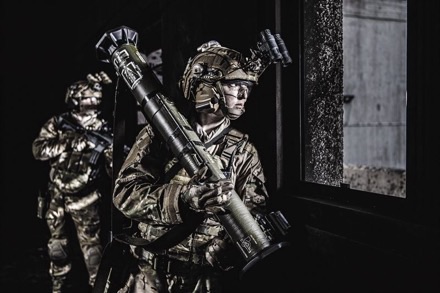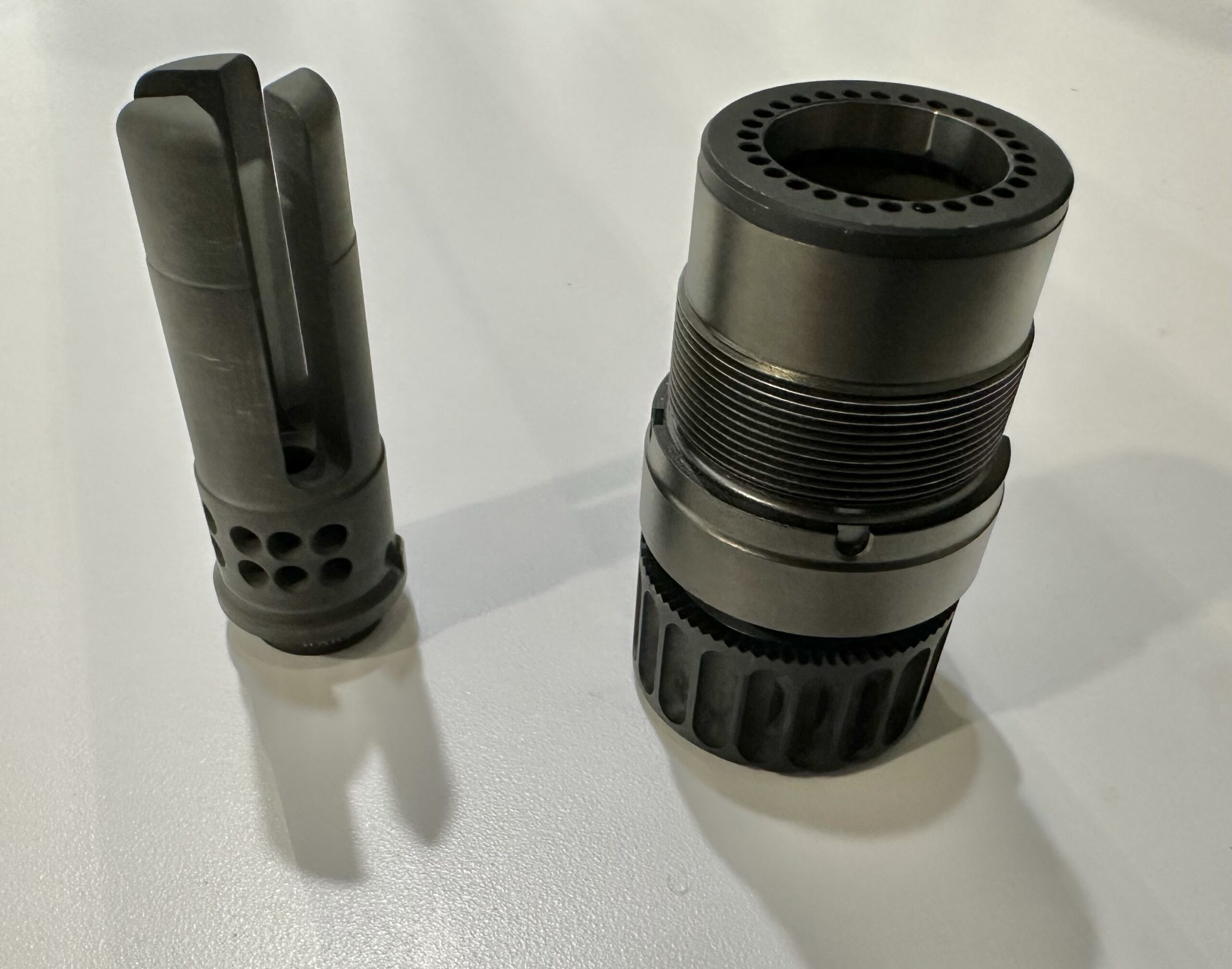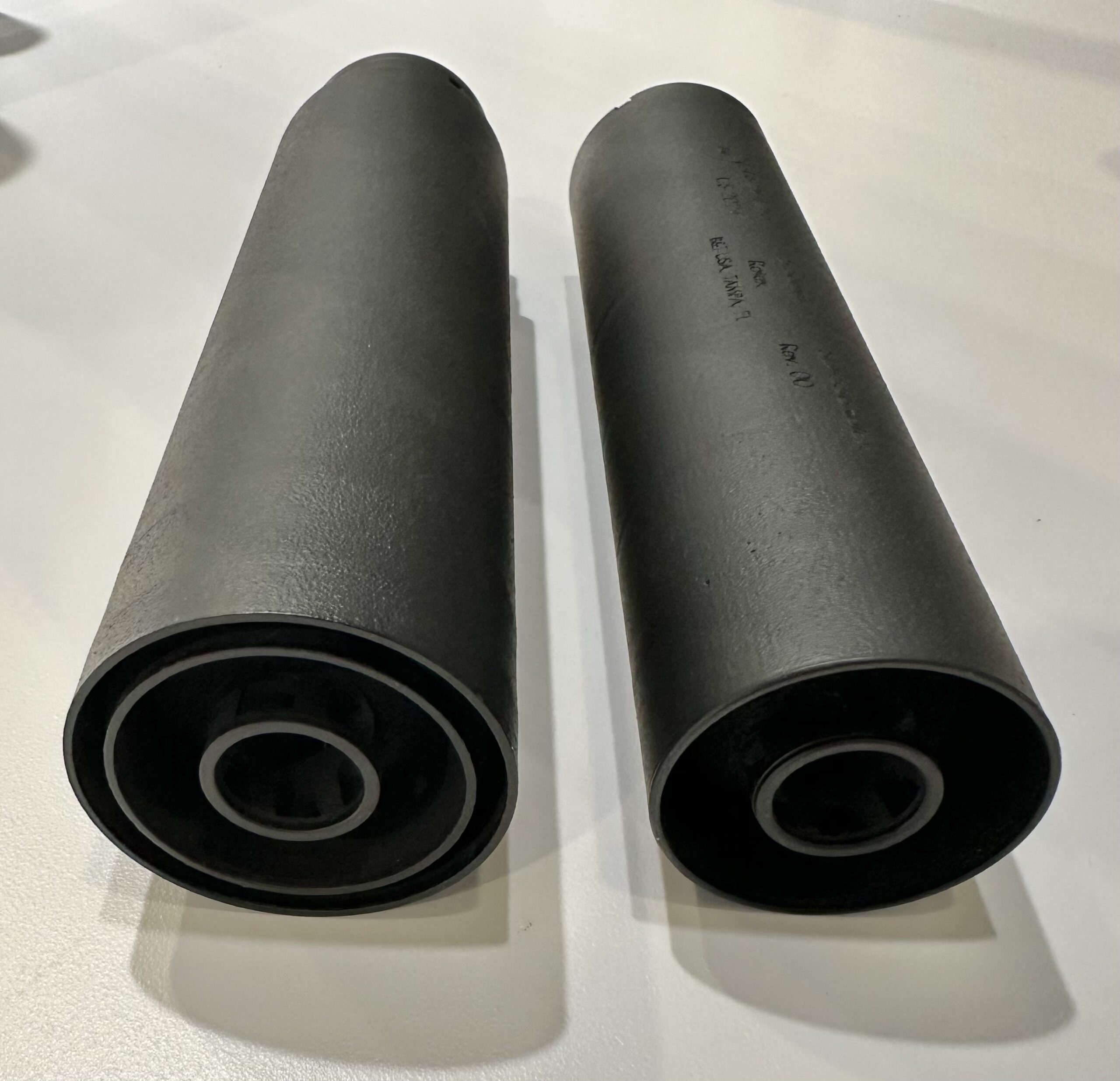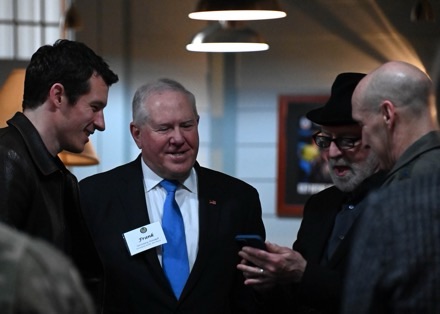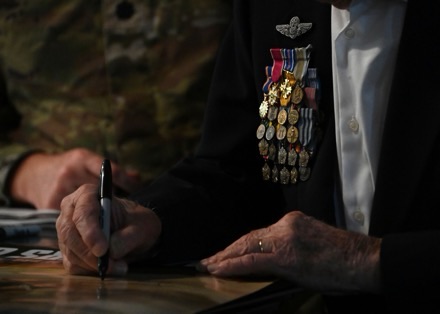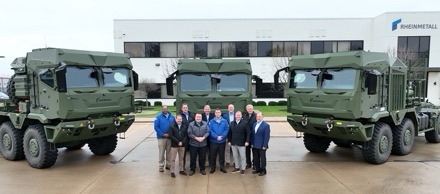
American Rheinmetall Vehicles (Sterling Heights, MI) and GM Defense LLC (Washington, DC) have successfully delivered 3 prototype trucks for the first phase of the U.S. Army’s Common Tactical Truck (CTT) Program. The aim of the multi-phased program is to replace the Army’s family of heavy tactical trucks, with production of up to 40,000 trucks valued at up to $14 billion. The two powerhouse defense companies formed a strategic collaboration in 2022 to compete in the program; bringing together two world-class engineering and manufacturing giants to deliver a modern, tactical truck that focuses on Soldier safety and protection while enhancing capability through advanced technologies including advanced driver assistance systems (ADAS), increased off-road mobility, cybersecurity hardening, superior survivability, autonomy readiness, and improved fuel efficiency among other critical emerging technologies. These capabilities, currently on most commercial vehicles, help reduce military vehicle accidents and lower the number of Soldiers exposed to dangerous convoy operations.
The team’s offering, the HX3 CTT, is the latest generation of trucks in the highly successful, combat proven, HX family of trucks which are in service with a number of NATO and U.S. allied nations. The HX family of trucks derives from MAN Truck and Bus commercial truck offerings bringing a high degree of commerciality to the fleet, a priority for the Army in the CTT program. The HX3 CTT next-generation system has enhanced on and off-road mobility, integrated survivability, and an open digital architecture supporting ADAS, and enabled for autonomous vehicle operation. Combined with the open architecture, the commercial backbone of the HX3 CTT will support persistent modernization and allow for rapid increases in capability as technologies mature, to include robotic and autonomous operations. With a global footprint of 20 user nations, including our staunchest allies and a commercial dealer network, the HX3 CTT provides a basis for optimized lifecycle costs and service support to the Army around the globe.
“We are committed partners to the Army, bringing tremendous operational capability coupled with advanced safety features, ensuring our Soldiers can achieve their mission safely and effectively. Together our team delivers a transformational truck that leverages the commercial strengths of our partners, Rheinmetall MAN Military Vehicles and General Motors, and the commonality of the HX3 CTT design,” said Matthew Warnick, Managing Director for American Rheinmetall Vehicles.
“Today marks a significant milestone that brings this partnership one step closer to delivering the Army’s next generation Common Tactical Truck,” said Steve duMont, President of GM Defense. “I’m proud to celebrate along with our American Rheinmetall Vehicles teammates and look forward to leveraging the deep expertise that both of our companies bring to this competition to deliver a modern, American-made truck that will best support our warfighters today, and into the future.”
HX3 Common Tactical Truck
Technology for the future: The HX3 CTT features an advanced, interchangeable protected cab design, ADAS, and drive by wire operation. The new open systems electrical architecture allows rapid integration of leader-follower, tele-operation, and fully autonomous capabilities that focus on protecting our most valuable combat asset – the Soldier.
Commonality to support a family of vehicles: The HX3 CTT is the new, next-gen variant of the globally successful HX family of military-off-the-shelf tactical trucks. It possesses an extremely high level of commonality and modularity across variants: cargo, load handling systems, tankers, and line haul tractors. With an HX family that can scale from 4×4 to 10×10, the HX3 CTT can meet any military need.
Commerciality in its DNA: The HX3 CTT leverages best-in-class advances in commercial truck technology, safety, fuel efficiency, and emissions reduction. Ruggedized for the stresses of military service, the HX family provides an “off the shelf” capability. This commercial backbone reduces obsolescence risk/cost, expands parts availability, and reduces sustainment demands.
Allied Interoperability: The HX family of trucks have been sold to 20 customers globally including an active Allied user group consisting of United Kingdom, Australia, New Zealand, Germany, Austria, Norway, Sweden, and Denmark, creating common global supply chains, training opportunities, and integrated operations among key allies operating around the world.


